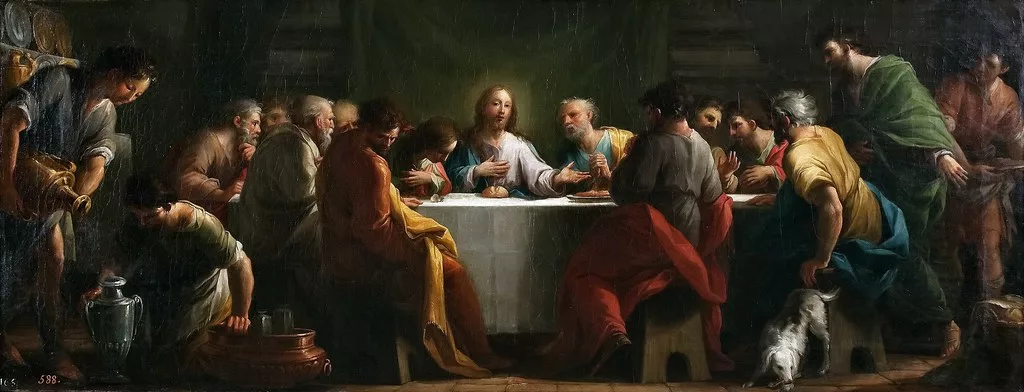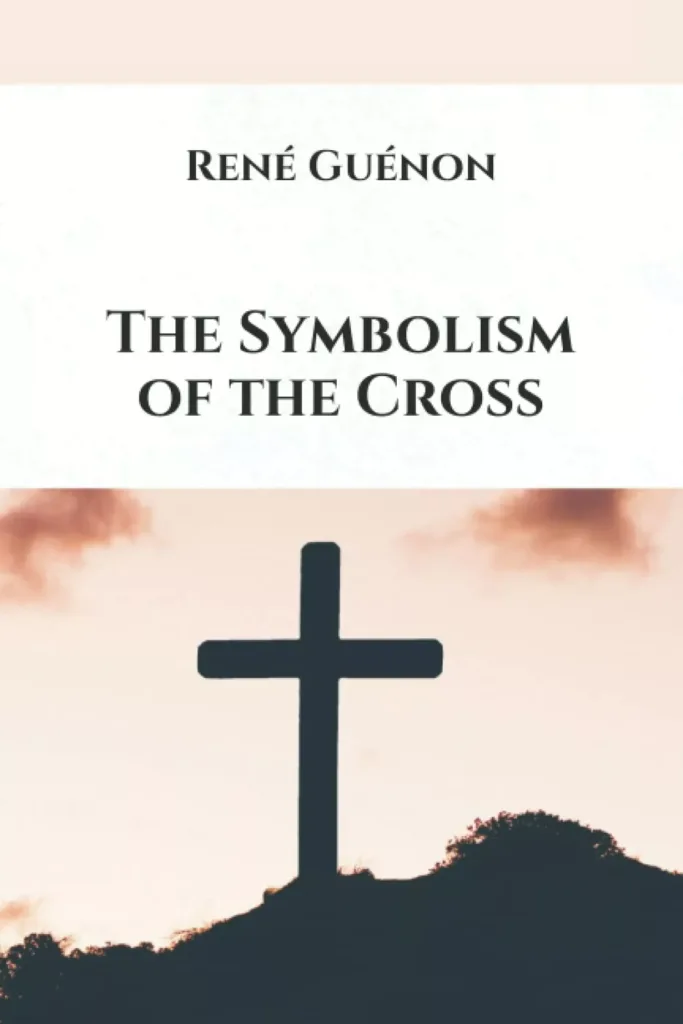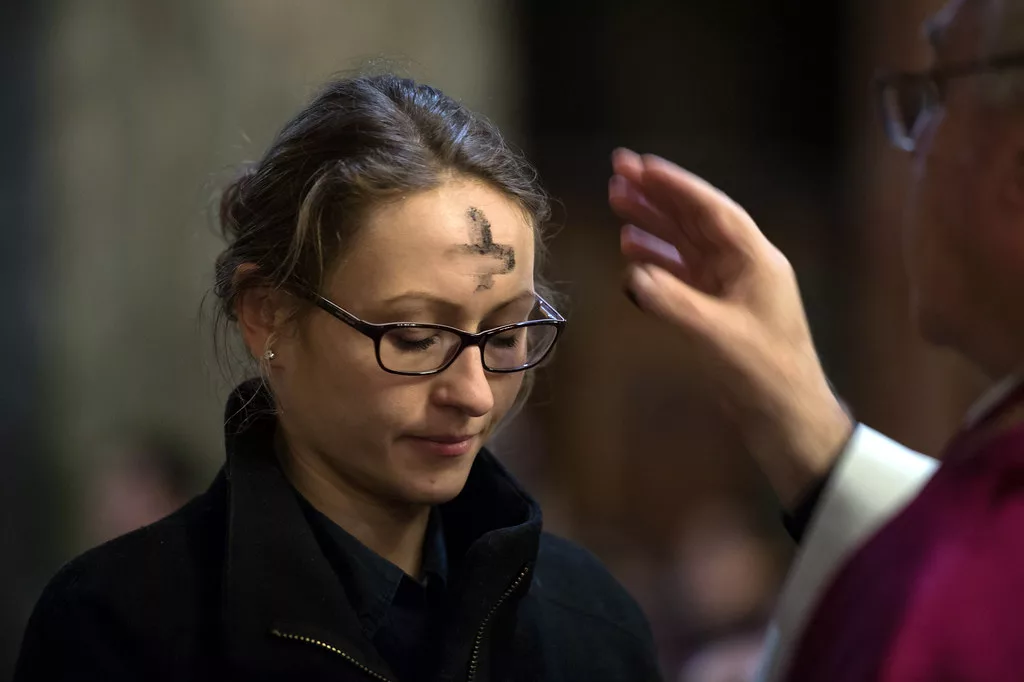In the enchanting world of poetry, where words dance on the delicate strings of emotions and images, Easter emerges as a timeless muse, inspiring verses that resonate with the essence of renewal and rebirth. As we unravel the layers of Easter poems, we are invited into a realm where symbolism is intertwined with deep meaning, inviting us to reflect on the cyclical nature of life itself.
Reverie of Rebirth invites us on a poetic journey, where each stanza is a brushstroke on the canvas of tradition, painting vivid portraits of hope, redemption, and spiritual awakening. Hidden among the lines of these Easter poems are the secrets whispered by the changing seasons, where metaphors bloom like spring flowers and allegories invite us to contemplate the mysteries of existence.
Through the lens of poetic expression, we explore the depths of human experience, finding solace in the timeless themes of resurrection and transformation. Take part, with me, in this journey as we delve into the rich weave of complex symbols through these verses, where each word is a thread connecting us to the eternal cycle of life, death, and rebirth-a mosaic in which Easter blossoms as a beacon of light in the darkness, illuminating our path with the promise of new beginnings.
The origins of Easter poetry: exploring historical influences
Easter poetry has a rich history, drawing inspiration from various cultural and religious traditions. The roots of Easter poems can be traced back to ancient civilizations such as the Egyptians, Greeks, and Romans, who celebrated the arrival of spring and the rebirth of nature. These early celebrations often included poetic recitations and songs praising the goddesses and fertility gods associated with this time of year.
With the spread of Christianity, Easter took on a new meaning as it became intertwined with the story of the resurrection of Jesus Christ. Early Christian poets embraced this theme in their verse, using imagery and symbolism to convey the message of hope and redemption. Their poems served as a way to celebrate life’s triumph over death and inspire believers in their faith.
During the Middle Ages, Easter poetry continued to evolve by incorporating Christian liturgy and folklore elements. Poets drew inspiration from the biblical stories surrounding Easter, such as the Last Supper, Crucifixion, and Resurrection. These poems were often performed at religious ceremonies or recited by troubadours at public gatherings.

Symbolism of Easter poems: Revealing Hidden Meanings
Easter poems are full of symbolism that adds depth and layers of meaning to their verses. A common symbol in these poems is the egg, which represents new life and rebirth. The hard shell of the egg hides a fragile life waiting to emerge- a powerful metaphor for Jesus Christ’s resurrection.
Another prevalent symbol is the lamb, signifying innocence and sacrifice. In the Christian tradition, Jesus is often referred to as “the Lamb of God,” who willingly gave his life for the salvation of humanity. The lamb serves as a reminder of this selfless act and embodies purity and kindness.
Flowers, particularly lilies, are also often mentioned in Easter poems. Lilies symbolize purity, beauty, and resurrection. Their delicate petals and sweet fragrance evoke a sense of renewal and hope.
The role of nature in Easter poems: understanding seasonal connections
Nature plays a significant role in the Easter poems, providing a backdrop for the themes of rebirth and renewal. The changing of the seasons reflects the cyclical nature of life itself: the death of winter gives way to the vibrant rebirth of spring. Poets often draw parallels between the natural world and spiritual awakening, using vivid descriptions of blooming flowers, singing birds, and warm sunshine to evoke a sense of joy and optimism.
By connecting Easter with nature, the poets invite readers to contemplate their place in the larger tapestry of existence. They remind us that just as flowers wither and bloom again, our lives also go through cycles of growth and transformation.
Resurrection and redemption: themes in Easter poetry
The central themes of Easter poetry revolve around resurrection and redemption. These poems explore the deep belief that death is not an end but a gateway to new life. Through vivid imagery and powerful metaphors, the poets convey that hope can be found even in the darkest times.
Easter poems often describe Jesus’ crucifixion as a sacrifice made out of love for humanity. They emphasize the transforming power of this act as leading to forgiveness, redemption, and eternal life. These verses remind us that no matter how dire our circumstances may seem, there is always hope for renewal.
Allegories of transformation: metaphors in poems dedicated to Easter
The Easter poems are rich in metaphors that explore transformation and spiritual growth themes. The journey from darkness to light, life to death, is often depicted through powerful allegories.
One such metaphor is the butterfly, which symbolizes metamorphosis and resurrection. The caterpillar’s transformation into a beautiful butterfly is a potent reminder that change is possible and necessary for growth.
Another commonly used metaphor is the phoenix, a mythical bird that rises from its ashes. The phoenix represents the cycle of life, death, and rebirth, a central theme in Easter poetry. Through this metaphor, the poets convey that new beginnings are always possible, even in the face of destruction and despair.
Religious symbolism in Easter poems: an examination of spiritual themes
Easter poems delve into religious symbolism to explore spiritual themes such as faith, salvation, and divine love. These verses draw inspiration from biblical narratives and seek to convey profound truths about the human condition.
The cross is perhaps the most potent religious symbol found in Easter poems. It represents Jesus’ sacrifice and serves as a reminder of God’s love for humanity. The cross embodies suffering and redemption- a powerful juxtaposition at the heart of Easter poetry.
The empty tomb is another symbol that holds great significance in these verses. It represents the resurrection of Jesus and serves as a testimony to the victory over death. Through this symbol, poets convey the message of hope and eternal life.

Poetic devices in Easter poetry: enhancement of symbolic depth
Easter poems use various poetic devices to increase their symbolic depth and evoke emotions in readers. These devices include imagery, similes, metaphors, alliteration, and personification.
Images play a crucial role in creating vivid mental images that transport readers into the world of these poems. Through carefully chosen words and sensory details, the poets paint a tapestry of images, sounds, and emotions that bring their verses to life.
Similitudes and metaphors add layers of meaning by drawing comparisons between seemingly unrelated objects or concepts. They invite readers to look beyond literal interpretation and explore the more profound symbolism hidden in the words.
Alliteration, the repetition of consonant sounds, creates a musical quality in Easter poems. It adds rhythm and emphasis to certain words or sentences, enhancing their impact on the reader.
Personification is another device commonly used in these verses. Poets create a sense of intimacy and connection between the natural world and human experience by attributing human qualities to nonhuman entities such as flowers or animals.
Contemporary Easter poets: continuing the tradition of rebirth
The tradition of Easter poetry continues to thrive in contemporary times, with poets from all walks of life adding their voices to this rich tapestry. These modern bards draw inspiration from both religious and secular themes surrounding Easter.
Contemporary Easter poems often explore universal themes such as hope, love, and resilience. They reflect on the challenges humanity faces while offering glimpses of light amid darkness. These verses remind us that even in our modern world, where chaos often reigns supreme, there is still room for rebirth and renewal.
Impact of Easter poetry on modern literature and culture
Easter poetry has had a profound impact on modern literature and culture. His themes of rebirth, redemption, and spiritual awakening resonate with readers of all generations.
Many famous poets have been inspired by the symbolism of Easter and incorporated it into their works. Their verses continue to be studied in schools and universities worldwide, shaping our understanding of the power of poetry to convey complex emotions and ideas.
In addition, Easter poetry has influenced other art forms, such as music and visual arts. Musicians composed songs inspired by Easter themes, while painters created masterpieces that capture the essence of rebirth and renewal.
A notable example, though not correctly Easter, is the poem “Ash Wednesday” by T. S. Eliot, in which the poet approaches the theme of penance and the path of rebirth with a critical spirit influenced by his training and existential journey.

Conclusion: Embrace the eternal cycle of rebirth in verses dedicated to Easter
In conclusion, Easter poetry offers a profound exploration of rebirth and renewal. Through their rich symbolism, powerful metaphors, and timeless themes, these verses invite us to contemplate the cyclical nature of life itself.
As we dive into the world of Easter poems, we are reminded that even in the darkest times, there is always hope for new beginnings. These verses testify to the resilience of the human spirit and offer comfort in times of uncertainty.
Let us, therefore, embrace the eternal cycle of rebirth woven into these verses and find inspiration in their words. We celebrate Easter not only as a religious holiday but also as a reminder that life is full of possibilities and that even after every winter comes a spring full of hope, joy, and new beginnings.
If you like this post, you can always donate to support my activity! One coffee is enough!

